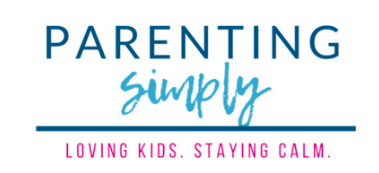Children and teens often have conflicting emotions. Managing their emotions may overwhelm them. Temper tantrums, bad moods, slammed doors and arguments can result. It is helpful to teach kids to recognize and voice their feelings in appropriate ways. One of those ways is to introduce them to the sophisticated notion of experiencing two feelings at the same time. Children feel relieved when they understand that they can have contradictory emotions. We can help children by reflecting and naming the feelings they are experiencing. Not only does it reduce negative behavior, but it allows children to think independently, foster resilience, and improves their problem-solving skills. It broadens their knowledge of emotions and increases their vocabulary of feeling words. This helps them become aware of their feelings and the feelings of others, an important skill that develops and expands on their ability to empathize. This is one of the vital characteristic traits found in emotionally intelligent people.

